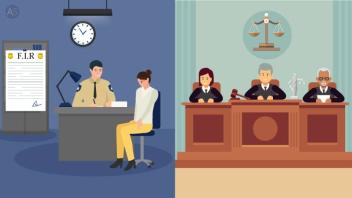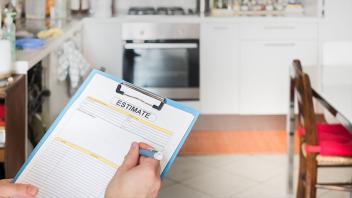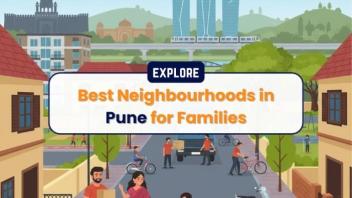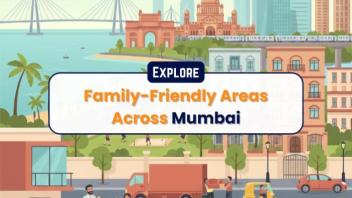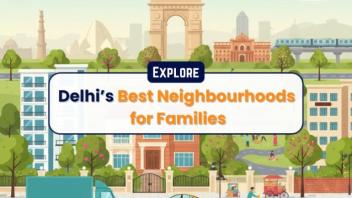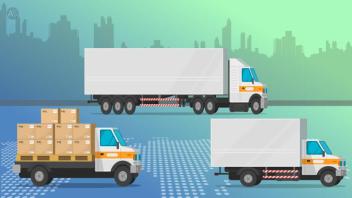Innovative Strategies for Post-Move Customer Engagement
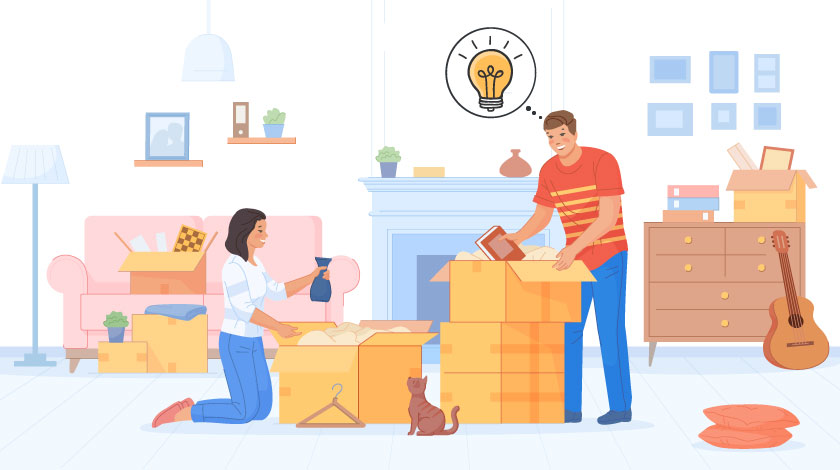
The post-service phase for a moving company plays a crucial role in shaping the overall customer experience and sets the foundation for a lasting relationship. This is where post-service engagement comes into play, serving as a bridge between one successful move and potential future interactions, whether with the same client or their network.
Post-Move Customer Engagement fosters increased loyalty; clients who feel valued and remembered are more likely to return for future services. This loyalty is not just about repeat business; it transforms clients into brand advocates.
By investing in post-service engagement strategies, moving companies can unlock a wealth of opportunities for growth and sustainability. It's about creating a memorable brand experience that resonates with clients long after the move, encouraging them to become part of your brand's community.
Understanding the Value of Post-Move Engagement
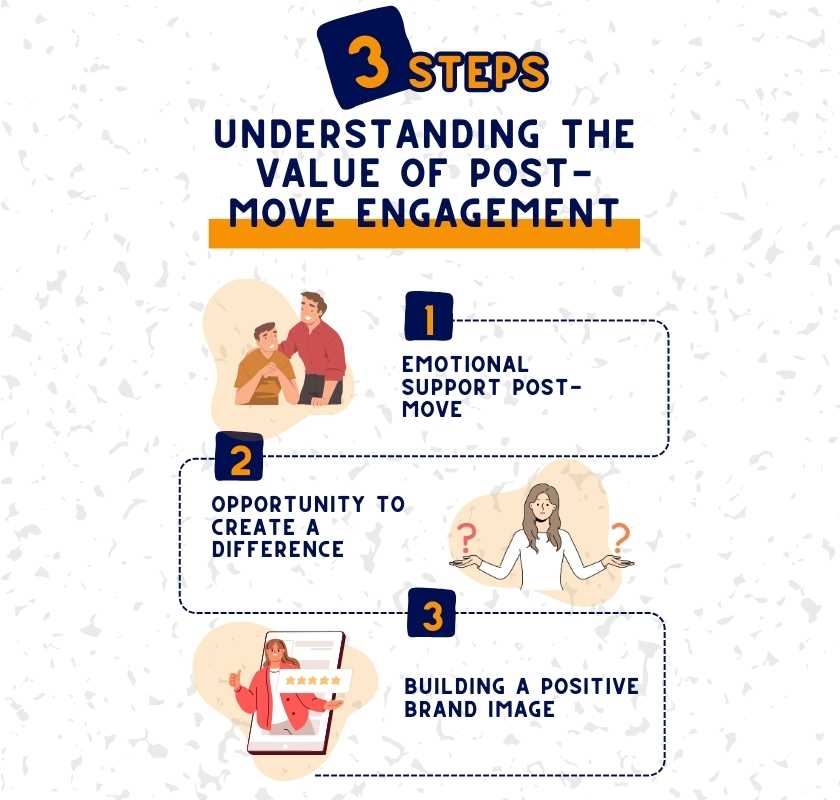
Recognizing and addressing the psychological impact of moving can significantly enhance customer satisfaction and set a moving company apart in a competitive landscape. Here's how:
1. Emotional Support Post-Move:
- Moving triggers a mix of emotions, from excitement to anxiety.
- The post-move period is often challenging, with clients feeling vulnerable as they adjust to new surroundings.
- Moving companies can extend their role from service providers to empathetic partners by offering support and guidance during this phase. Actions such as providing neighborhood guides and post-move checklists can make a big difference.
2. Opportunity to Create a Difference:
- The moving industry is crowded, and standing out is essential for success.
- Engaging with clients after the move shows a commitment to comprehensive customer care, not just the transactional aspect of moving.
- This approach not only improves the customer experience but also fosters lasting relationships and a positive brand image.
3. Building a Positive Brand Image:
- Continuous engagement leads to higher customer satisfaction.
- Satisfied customers are more likely to recommend your services to others and leave positive reviews, which are crucial for attracting new business.
- Engaging with clients post-move also opens the door to valuable feedback, offering insights into service strengths and areas for improvement.
Also read: Customer Relationship Management (CRM) Strategy For Movers
Creating a Comprehensive Loyalty Program
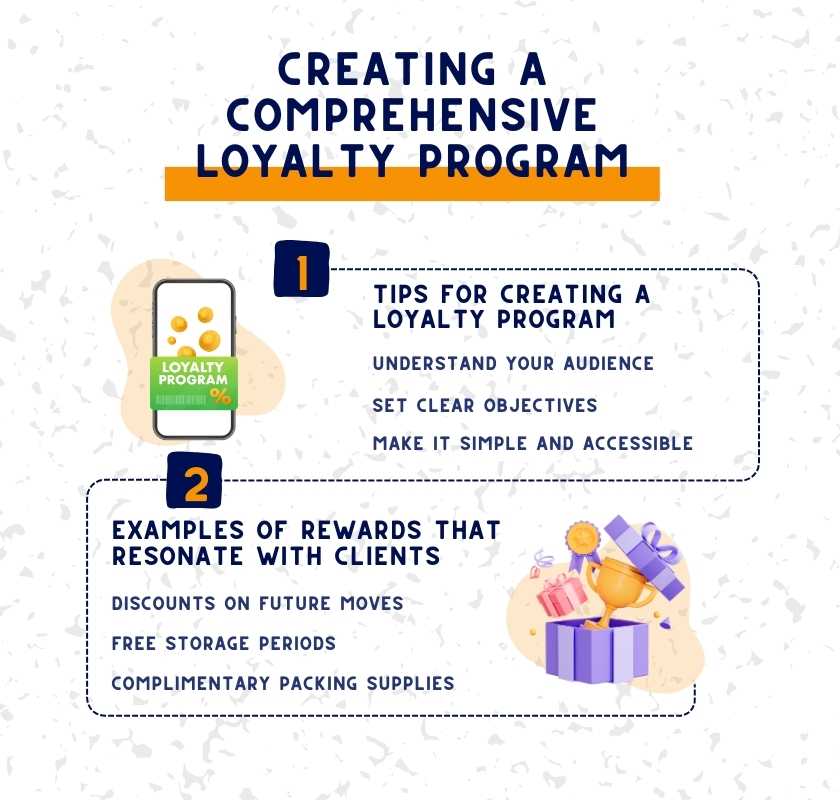
A well-crafted loyalty program can turn one-time clients into lifelong advocates for your moving company. By rewarding repeat business and referrals, you not only incentivize customers to return but also to become ambassadors of your brand. Here’s how to design and implement an effective loyalty program:
Tips for Creating a Loyalty Program:
- Understand Your Audience: Tailor your loyalty program to meet the specific needs and preferences of your client base. Conduct surveys or analyze past customer interactions to understand what rewards would be most appealing.
- Set Clear Objectives: Define what you want to achieve with your loyalty program, whether it’s increasing repeat business, boosting referrals, or enhancing customer satisfaction.
- Make It Simple and Accessible: Ensure that joining the loyalty program and earning rewards is straightforward for clients. A complicated program can deter participation.
Examples of Rewards That Resonate with Clients:
- Discounts on Future Moves: Offer percentage-based discounts or fixed-rate reductions on future services to encourage repeat business.
- Free Storage Periods: Provide complimentary storage services for a limited time as a reward, which can be particularly appealing for clients between moves.
- Complimentary Packing Supplies: Reward clients with free boxes, tape, and other packing materials for their next move, adding value and convenience to their experience.
Implementing the Loyalty Program
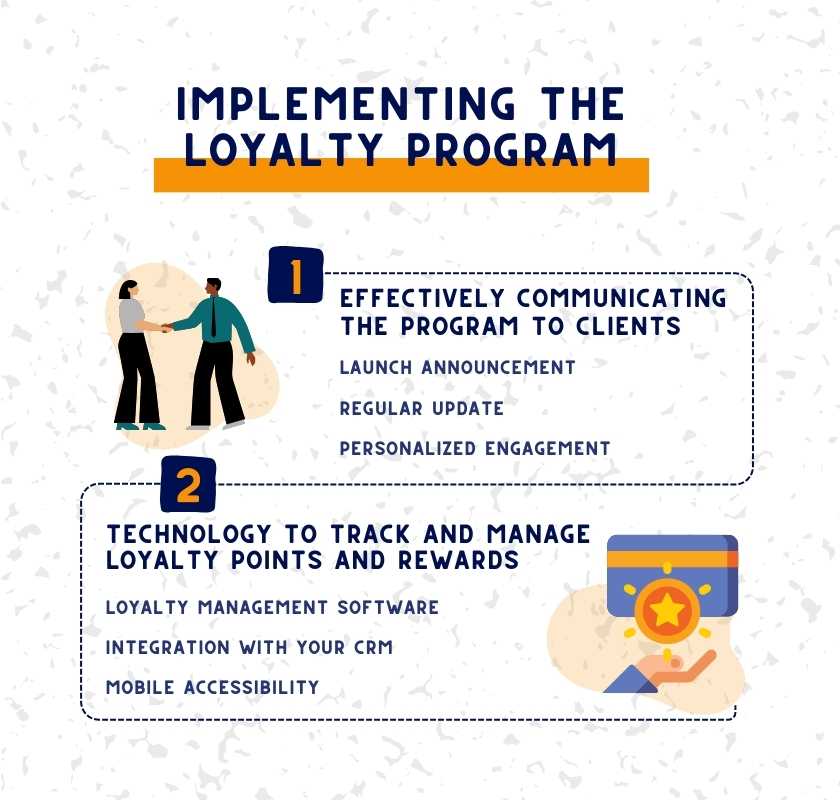
In this section, we'll explore strategic methods to introduce your loyalty program to your clients, ensuring they are well-informed and excited to participate. Additionally, we'll discuss the importance of leveraging technology to manage the program efficiently, making it as straightforward as possible for both your team and your clients.
Strategies for Effectively Communicating the Program to Clients:
- Launch Announcement: Kick off your loyalty program with a clear and engaging announcement via email, social media, and your website. Highlight the benefits and how to join.
- Regular Updates: Keep your clients informed about their loyalty points and available rewards through regular communications, such as email newsletters or account notifications.
- Personalized Engagement: Use personalized communication to make clients feel valued and remind them of the rewards they can earn through repeat business or referrals.
Using Technology to Track and Manage Loyalty Points and Rewards:
- Loyalty Management Software: Invest in software that automates the tracking of loyalty points and distribution of rewards. This not only simplifies management for you but also enhances the user experience for clients.
- Integration with Your CRM: Ensure that your loyalty program is integrated with your customer relationship management (CRM) system. This allows for seamless tracking of client interactions, rewards eligibility, and redemption history.
- Mobile Accessibility: Consider offering a mobile app or mobile-friendly web interface where clients can easily check their loyalty points, discover rewards, and redeem them. Mobile access increases engagement and participation in the program.
Crafting Referral Incentives to Drive New Business
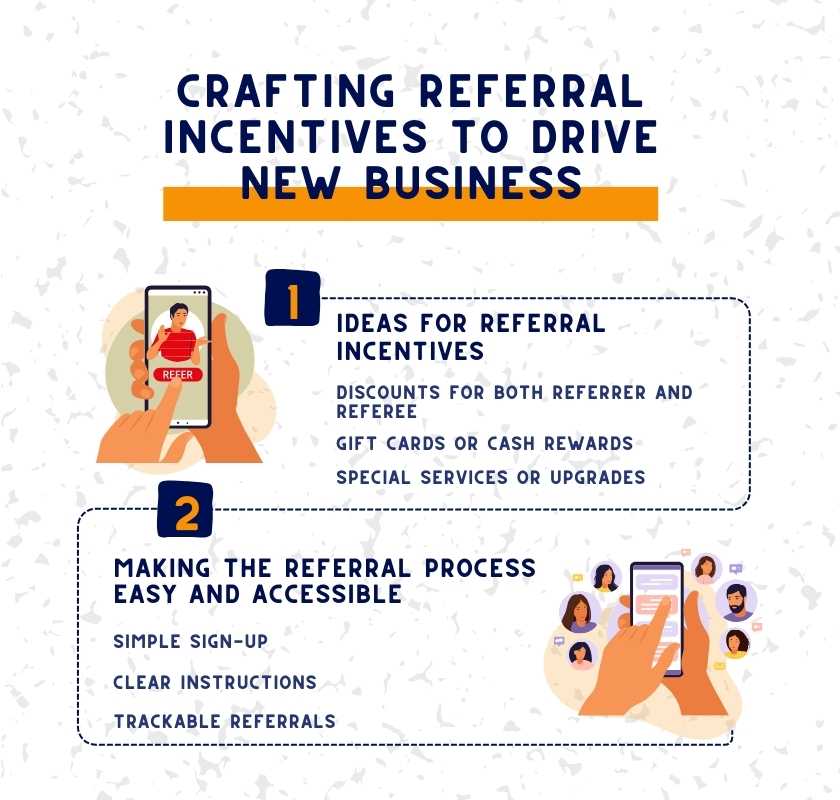
A well-structured referral program can turn satisfied clients into a powerful marketing force, driving new business your way through word-of-mouth. Here’s how to craft and promote a referral program that not only rewards your clients but also ensures a steady stream of new customers.
Ideas for Referral Incentives:
- Discounts for Both Referrer and Referee: Offer a discount or credit towards future services for both the client who refers and the new client who books a move. This dual-sided incentive encourages participation and makes the new client feel welcome.
- Gift Cards or Cash Rewards: Provide a tangible reward, such as a gift card to popular retailers or a cash reward, for each successful referral. This can be especially appealing as it gives clients flexibility in how they use their reward.
- Special Services or Upgrades: Offer exclusive services or upgrades, such as premium packing materials or expedited services, as a thank you for referrals. This adds value to the clients' next move, enhancing their experience.
Making the Referral Process Easy and Accessible:
- Simple Sign-Up: Ensure the referral process is straightforward, with an easy-to-use sign-up form on your website or a mobile app.
- Clear Instructions: Provide clear, concise instructions on how to make referrals, including any necessary codes or referral links.
- Trackable Referrals: Use a system that allows both you and your clients to track the status of referrals, reinforcing transparency and trust.
Promoting Your Referral Program
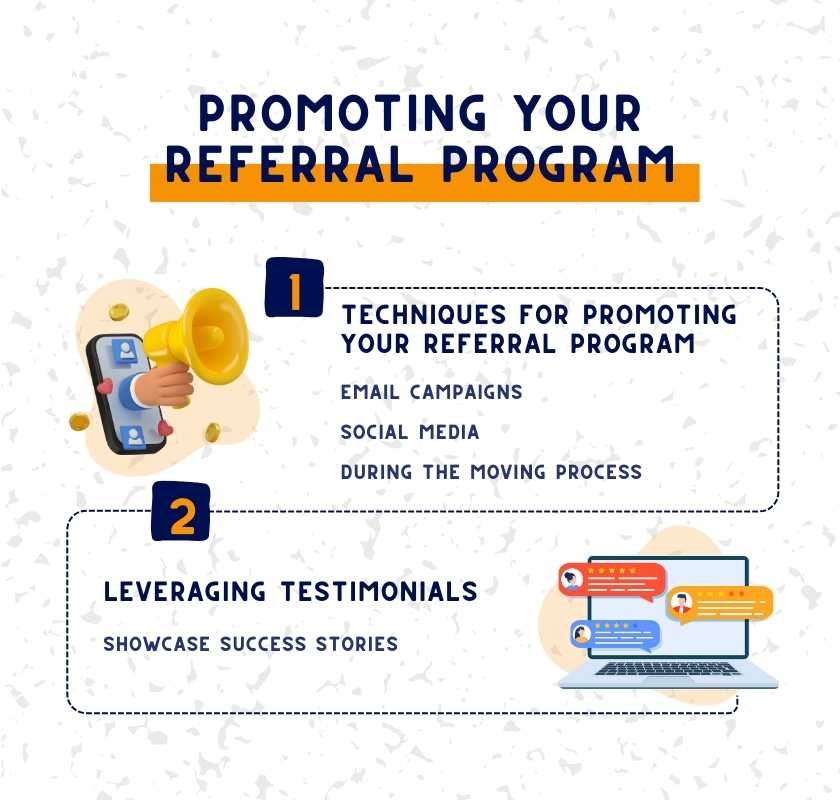
This segment provides actionable insights on how to maximize the reach and impact of your referral program, turning it into a powerful tool for generating new business and fostering a community of engaged, loyal customers.
Techniques for Promoting Your Referral Program:
- Email Campaigns: Launch targeted email campaigns to your existing client base, highlighting the benefits of your referral program. Personalize these communications to increase engagement.
- Social Media: Utilize your social media platforms to spread the word about your referral program. Engaging posts that explain the program and its rewards can encourage shares and wider visibility.
- During the Moving Process: Train your staff to inform clients about the referral program at different stages of the moving process, especially when satisfaction is highest. This could be after a successful move or when delivering exceptional customer service.
Leveraging Testimonials:
- Showcase Success Stories: Share testimonials and success stories from clients who have benefited from the referral program. This can be done through social media, on your website, or in your email newsletters, adding a personal touch and credibility to the program.
Personalized Customer Follow-Ups
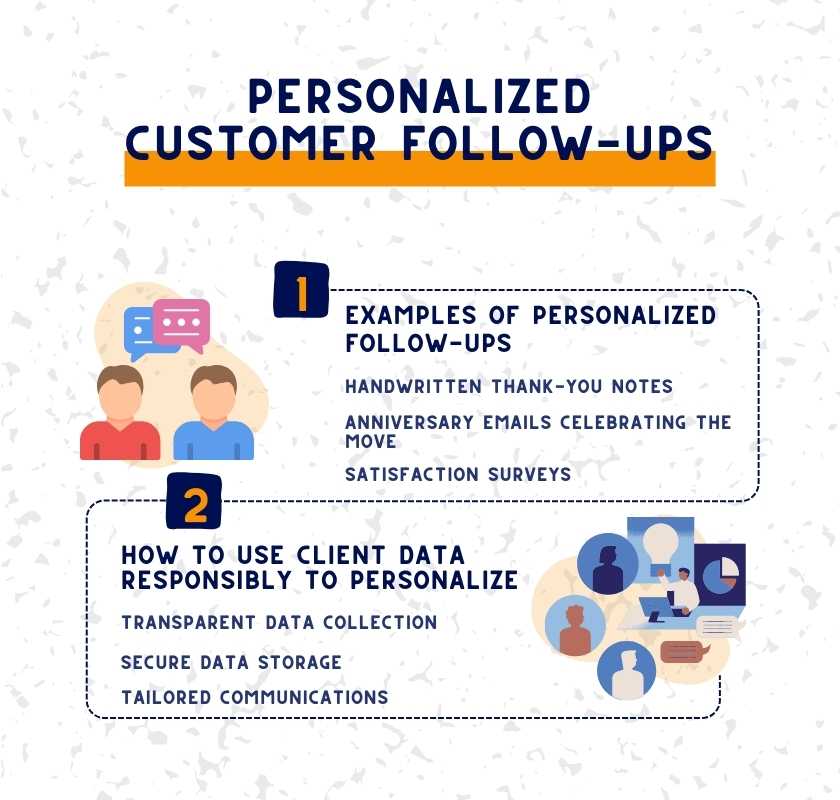
This approach not only demonstrates your company's commitment to exceptional service but also helps in building a lasting relationship with your clients. Let's explore the importance of personalized communication and how technology can be leveraged to maintain the authenticity of your engagements.
Examples of Personalized Follow-Ups:
- Handwritten Thank-You Notes: A classic and timeless way to express gratitude, handwritten notes add a personal touch that digital communications often lack.
- Anniversary Emails Celebrating the Move: Sending a personalized email to commemorate the anniversary of a client's move shows that you remember and value your past interactions.
- Satisfaction Surveys: Tailored surveys not only gather valuable feedback but also signal to clients that their opinions are important for shaping your services.
How to Use Client Data Responsibly to Personalize Follow-Ups:
- Transparent Data Collection: Clearly communicate what data you are collecting and how it will be used, ensuring clients are comfortable with your practices.
- Secure Data Storage: Implement robust security measures to protect client information, building trust and demonstrating your commitment to their privacy.
- Tailored Communications: Use the data to create messages that resonate with the individual experiences and preferences of your clients. For example, referencing a specific aspect of their move in your communications can remind them of the positive experience they had with your company.
Also read: Resolving Moving Conflicts with Grace
Tools and Techniques for Gathering and Analyzing Feedback
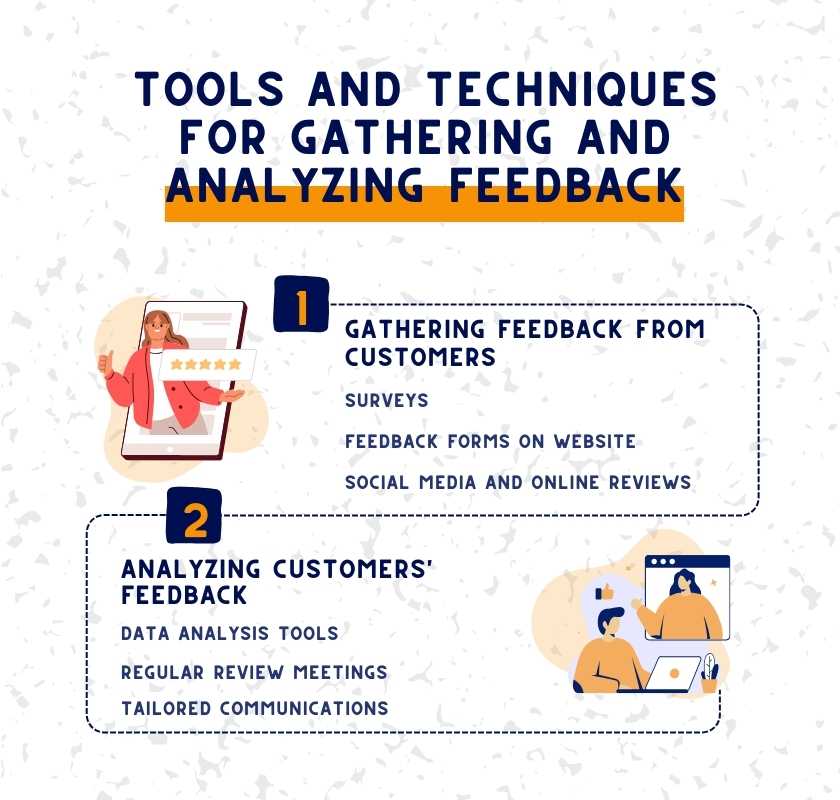
This segment explores a variety of methods, from advanced software solutions to simple yet powerful survey techniques, designed to collect valuable insights. Additionally, we discuss how to analyze this feedback to make informed decisions that drive continuous improvement and foster stronger client relationships.
Gathering Feedback from Customers:
- Surveys: Post-service surveys sent via email or SMS can collect valuable feedback directly from clients. Tailoring questions to cover various aspects of the service and engagement efforts can provide comprehensive insights.
- Feedback Forms on Website: Encourage clients to leave feedback on your website. This can be facilitated through a simple form or a dedicated section for testimonials and reviews.
- Social Media and Online Reviews: Monitor social media platforms and online review sites for unsolicited feedback. These platforms can offer honest insights into client experiences and perceptions.
Analyzing Customers' Feedback:
- Data Analysis Tools: Utilize software and tools that can aggregate and analyze feedback data, providing trends and patterns that might not be immediately apparent. Tools like Google Analytics, CRM software, and specialized feedback analysis platforms can be invaluable.
- Regular Review Meetings: Schedule regular meetings with your team to review feedback and performance metrics. These discussions can lead to actionable insights and foster a culture of continuous improvement.
Beyond the Move: Cultivating Connections for a Lifetime of Loyalty
The journey of moving, inherently stressful and emotional for clients, presents a unique opportunity for businesses to extend their value beyond the mere transactional aspects of packing and transportation. By engaging clients after the move through personalized follow-ups, loyalty programs, referral incentives, and by measuring the impact of these strategies, companies can significantly enhance customer satisfaction, loyalty, and ultimately, their bottom line.
The importance of post-service engagement cannot be overstated. It transforms one-time interactions into ongoing relationships, turning satisfied clients into advocates for your brand. This not only increases the likelihood of repeat business and referrals but also elevates your company's reputation in the market. The strategies discussed—ranging from crafting personalized communications to leveraging technology for program management and feedback analysis—are designed to create meaningful connections with clients, ensuring they feel valued and understood.
As we conclude, let's move beyond the move, creating memorable experiences that clients will want to share with others, setting your company apart as not just a service provider, but as a trusted partner in their moving journey.
